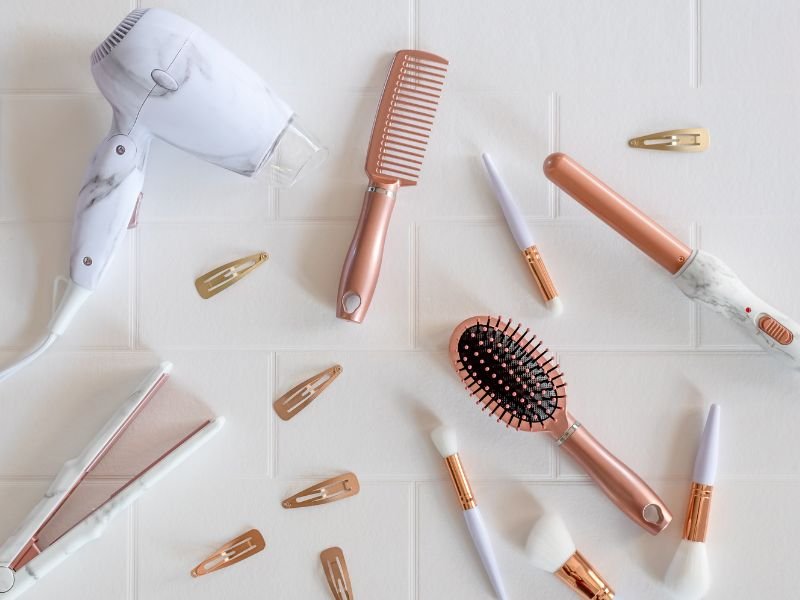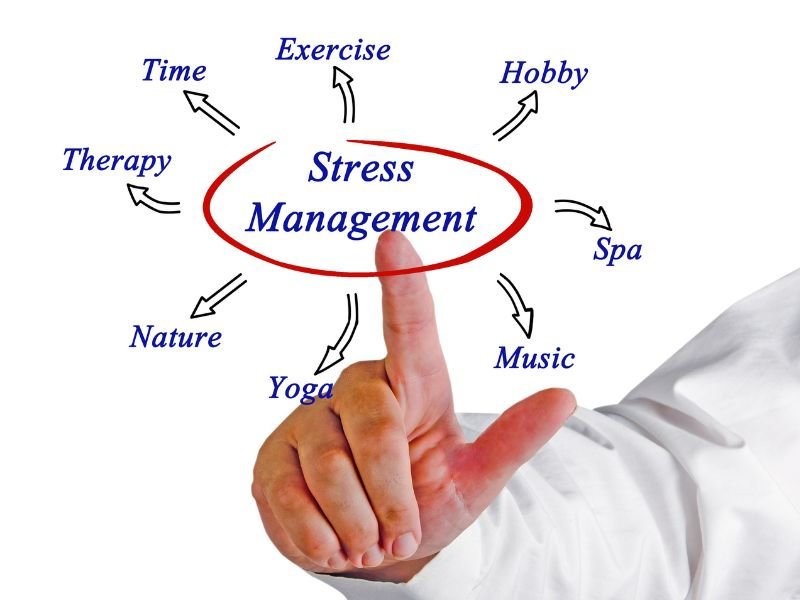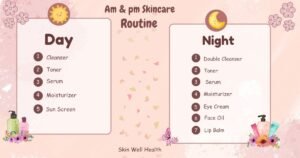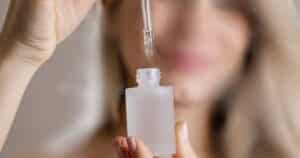3 Regrowth Signs in Alopecia Areata: Everyone Should Know
Hi there, friends. If you have alopecia areata, you know how hard it can be on your emotions. One day, your hair appears thick and flowing, and the next, an unexpected bald spot appears. But science tells us that alopecia areata doesn’t harm your hair cells permanently. That means it’s possible your hair will grow back!
It can be hard to wait, though. Okay, so how can you tell if your hair is ready to grow back? Let’s look at the research-backed positive signs to come!
In this article, we will explore three alopecia areata regrowth signs that everyone should be aware of when dealing with alopecia areata.
What is Alopecia Areata?
People with alopecia areata lose hair in patches on their head or body. This is because they have an autoimmune disease. When the immune system attacks the hair cells by mistake, it breaks up the normal hair growth cycle. You might lose your hair all of a sudden in round or oval spots that are about the size of a quarter.
Cause: Autoimmune disease (immune system attacks healthy tissue)
Symptoms: Patchy hair loss, sometimes with exclamation point hairs (short, tapered hairs at the edge of bald patches)
Affected areas: Primarily scalp, but can also affect beard, eyebrows, eyelashes, or any hair-bearing area
Severity: Varies, from small patches to complete hair loss (alopecia totalis) or entire body hair loss (alopecia universalis)
Impact: Can be emotionally and socially challenging
Also Read:
Top 9 Strong Causes of Alopecia Areata: You Need to Know
3 Alopecia Areata Regrowth Signs That Are Common
According to Lady Alopecia, who experienced her own alopecia areata journey, there may be three common alopecia areata regrowth signs:
1. White hair
This is often the first sign that new hair is growing back. At first, the new hair might be white, but it will become colored and thicker with time [1].
You don’t need to be scared, as these symptoms are normal. Rather, people with alopecia areata commonly experience regrowth of white hair [1].
The new hair may even be a little darker than the previous color in some cases. This is also normal, and it can happen when the hair cell increases melanin production.
2. Fine, textured hair
Also, the new hair that grows in may be fine and wispy at first. This is normal and means that the hair cells are starting to produce hair again [1].
This fine, vellus hair may fall out eventually, but it’s a positive sign that thicker, terminal hair is on the way [1].
3. Exclamation mark hairs
These are short hairs that show up around the edge of a bald spot. They are not a good sign of hair growth, but they usually disappear as treatment progresses and are replaced by stronger hair [1].
Because of their tapered shape, which resembles exclamation marks, they are known as “exclamation mark hairs”. Their appearance shows that the body’s immune system is still attacking the hair cells [1].
However, this may not be the ultimate sign of regrowth; it only means that your disease may be starting to show itself again. This shows that the immune system is getting weaker, which is allowing stronger hair to take its place.
Don’t give up, though! As the treatment progresses, exclamation mark hairs typically disappear [1].
How long does it take alopecia areata to grow back?
Unfortunately, there is no one answer that works for everyone when it comes to how long it takes for alopecia areata to go away. There are several factors that can affect the regrowth process, such as:
Severity of hair loss. People who are losing hair in smaller spots are likely to see new hair grow back faster than people who are losing a lot of hair (alopecia totalis or universalis).
Individual response. Every person’s body reacts differently. Some individuals experience regrowth within weeks, while others might take months or even years.
Treatment (if any). Certain treatments can boost hair growth, possibly speeding the process.
According to research, 50 percent of people with mild alopecia recover within a year, but the majority of people will experience multiple episodes in their lifetime [2].
Regrowth of Alopecia areata with Treatments
Not everyone with alopecia areata needs medical treatment because many people’s hair regrowth can happen spontaneously [5].
There is no cure for alopecia areata. However, there’s good news! Many people experience hair regrowth with the help of the right treatments. Here are a few treatments that your doctors may suggest that can play a role in your regrowth journey:
1. Corticosteroids – These medications, which are also known as steroids, are often the first-line treatment for people with alopecia areata. Typically, dermatologists inject these medications directly into the head to reduce inflammation and promote growth [2].
To get corticosteroids, you can get them in various forms, including injections, taking them by mouth in the form of tablets or capsules, or applying them topically as creams, lotions, ointments, or shampoo formulations.
2. Corticosteroid Injections – Anti-inflammatory medications are delivered directly to the damaged areas by these injections, which may help in the regrowth of hair.
It typically ranges between every 4-6 weeks at first, and then less frequent injections as the condition gets better. If you keep up with your treatment, you might start to see initial signs of regrowth within 1-2 months.
3. Topical Corticosteroids – These medications come in different forms, like creams, lotions, gels, and foams, and are applied directly to areas where hair loss appears.
Children and patients who cannot tolerate the numerous injections typically receive topical corticosteroids. While it is not as clear that they work as well as injected corticosteroids for treating alopecia areata [2] [3].
4. Topical Minoxidil – Minoxidil can be purchased and is available over-the-counter in many countries, which is different from some other treatments for alopecia areata. Topical minoxidil is another way to treat alopecia areata. Minoxidil is a medication that is applied to the scalp directly. It comes in 2% or 5% foam or solution form.
A study shows that topical minoxidil may help people with alopecia areata grow new hair. However, the study also shows that minoxidil may not work effectively for people who are losing extensive hair. This means that minoxidil might be less beneficial for people with larger patches of hair loss compared to people with smaller patches of hair loss.
This study goes a step further by showing that minoxidil may not help people with alopecia universalis (complete hair loss all over the body) or alopecia totalis (complete hair loss on the scalp).
5. Topical immunotherapy – Topical immunotherapy, which is also called contact immunotherapy, has appeared as a promising treatment to treat alopecia areata. Commonly suggested treatments for alopecia areata in topical immunotherapy include diphenylcyclopropenone (DPCP), squaric acid dibutylester (SADBE), and diphencyprone (DPCP).
A study suggests the Diphencyprone shows success rates of 17% to 60% in patients with alopecia totalis or universalis and 88% to 100% in patients with patchy Alopecia Areata [5].
6. JAK Inhibitors – Janus kinase (JAK) inhibitors are a new and interesting class of medications that show promise in treating alopecia areata. Studies have shown that JAK inhibitors can give 50% or higher regrowth in people.
Some patients may also find JAK inhibitors helpful to regrow their eyelashes and eyebrows. In 2022, baricitinib became the first JAK inhibitor approved by the US Food and Drug Administration (FDA) for treating alopecia areata in adults.
Ways For Nurturing Regrowth
Healthy lifestyle
A healthy, well-balanced diet full of vitamins and nutrients is good for overall hair health. For better hair growth, eat foods that are high in biotin, zinc, and vitamin D.
Also Read:
The Best Diet for Alopecia Areata: What to Eat and Avoid
Find Your Solution: 11 Best Hair Vitamins for Alopecia areata
Gentle hair care routine
It’s important to be gentle with your hair during regrowth. Avoid tight hairstyles and too much heat styling, as they can worsen the recovering hair follicles.
Don’t use harsh shampoos that can clean out the natural oils of your scalp. Choose shampoos that are gentle, don’t have any fragrance, and are made for sensitive scalps.
Also Read:
Best 9 Tips by Doctors: How to Alopecia Areata Self-Care
Stress guidance
Stress can exacerbate alopecia areata. Do relaxation techniques, such as yoga, meditation, or deep breathing, that can help you deal with stress and support regrowth [4].
Also Read:
How to Stop Alopecia areata from Spreading: You Need To Know
Sun protection
Sun damage can happen to the scalp, especially if it’s exposed to the sun because of hair loss. Every day, even on cloudy days, cover your scalp with a hat, a scarf, or a broad-spectrum sunscreen with SPF 30 or higher.
If you sweat or swim, choose a sunscreen that is water-resistant. This can help prevent sunburn and potential damage to the regrowing hair follicles.
Also, use fake eyelashes or eyebrows and sunglasses to protect your affected eyes from the sun and dust [4].
Additionally, avoiding staying in the sun for long periods of time during peak hours (usually 10 a.m. to 4 p.m.) may reduce the risk of sun damage to the scalp and other areas.
Also Read:
Best 12 Natural Home Remedies for Alopecia Areata – SWH
The Takeaway
Regrowth of hair is the dream of every alopecian, but if there is no chance of your hair growing back, then there is no need to panic because there are some treatments that can help your hair grow back.
However, no definitive treatment for alopecia areata has been discovered yet but there are some treatments like diphencyprone (DPCP), corticosteroid injections and others that have proven to be very useful in treating alopecia areata.
Sources:
1. 3 Signs of Regrowth in Alopecia Areata
2. Patient education: Alopecia areata (Beyond the Basics)
3. Alopecia Areata Treatment & Management














